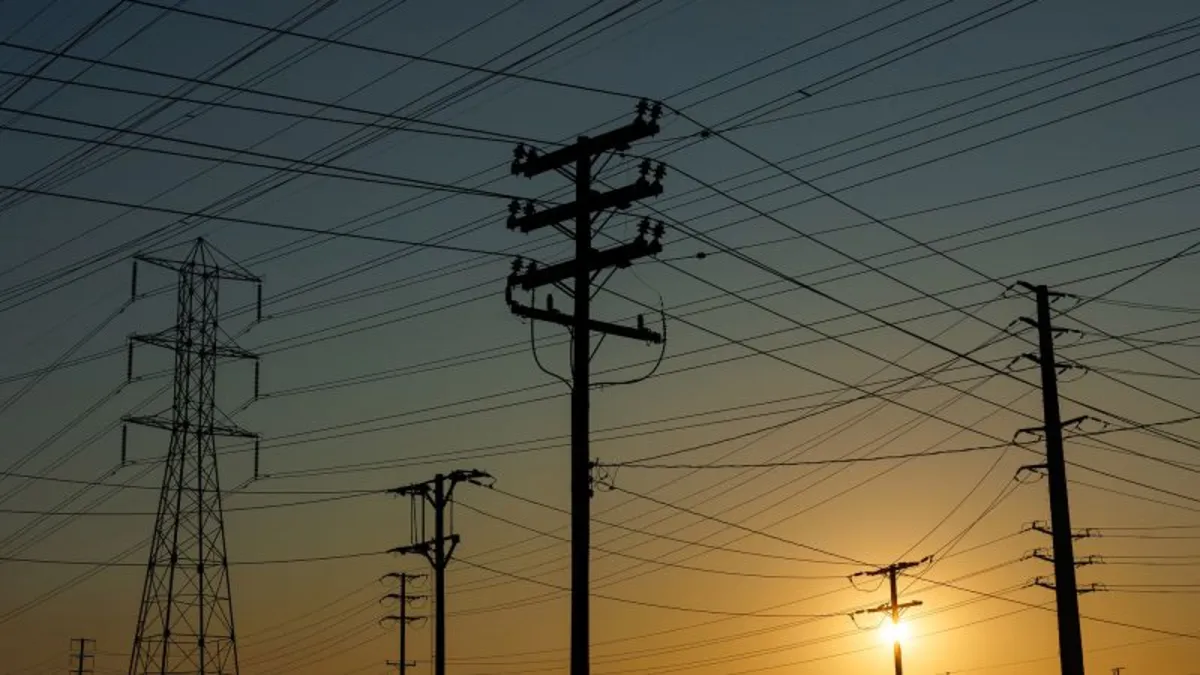
Lindsey Martin, a registered nurse from Kentucky, recently shared her shocking experience regarding her electricity bill on TikTok. Her bill reached a staggering $314 in July, marking the highest amount she had seen this year until that point. Following her video, which garnered over 4,000 comments, many users echoed her sentiments, reporting similar spikes in their own electricity costs. In August, Martin's bill escalated even further to $372, a significant increase from around $150 just two to three years ago. “I thought that was so high, I could not believe my bill was $150,” Martin told CNN. “And now I wish my bill was $150.”
Martin’s experience is not an isolated incident. Data from the U.S. Energy Information Administration (EIA) indicates that residential electricity costs are on the rise nationwide. The average price of electricity in America has surged by 13% since 2022, with projections suggesting that retail electricity costs will increase at a rate surpassing inflation. Certain regions—particularly the Pacific, Middle Atlantic, and New England—are expected to experience even steeper rises than the national average.
Experts attribute these increases largely to the rising costs of updating and maintaining the power grid and essential infrastructure, especially in light of more frequent severe weather events. However, a new factor is also contributing to this trend: the burgeoning demand for electricity spurred by the AI boom. As tech giants invest billions into what many consider the most significant computing shift in decades, electricity demand is soaring. For instance, OpenAI and Broadcom recently announced a partnership focused on developing 10 gigawatts of custom AI chips and systems, a capacity sufficient to power a major city.
According to a December 2024 report from the Department of Energy, data centers are expected to consume between 6.7% to 12% of U.S. electricity by 2028, a significant increase from the 4.4% recorded in 2023. A Bloomberg News analysis revealed that areas near data centers have experienced electricity cost hikes as much as 267% compared to five years ago. Bob Johnson, an analyst with Gartner, highlighted that the power industry currently lacks the capacity to keep pace with this explosion in demand.
Investment in data centers has accelerated as major tech companies stake their futures on AI advancements. For example, Meta reported spending $17 billion on capital expenditures related to data centers and infrastructure in the quarter ending June, while Microsoft disclosed a staggering $24.2 billion in the same timeframe. In June, data center construction spending reached a record high of $40 billion, according to a report from Bank of America Institute. Existing data centers now require updates to accommodate the growing demand for power-hungry AI services and applications.
Electricity rates can vary by location, but generally, retail electricity prices encompass the cost of generating, transmitting, and delivering electricity. These costs may also include investments in infrastructure upgrades. Typically, large electricity consumers enjoy lower rates due to less complex distribution needs; energy is supplied to a single location rather than to thousands of homes. Johnson emphasizes that current pricing models have not yet adapted to account for the rapid growth of data centers.
In response to the increasing strain on local electrical grids, some states are implementing legislative measures. For example, Oregon has passed a bill mandating that data centers must “pay for the actual strain they place on Oregon’s electrical grid.” This approach is designed to ensure that the costs associated with data centers do not fall upon the average consumer. Johnson noted, “In other words, homeowners shouldn’t have to pay for data centers, but that’s not built into the pricing structure.”
In conclusion, the escalating electricity bills faced by consumers like Lindsey Martin are indicative of broader trends affecting residential energy costs across the nation. With the demand for electricity set to increase further due to technological advancements in AI and data centers, consumers may need to prepare for continued price hikes in the future.